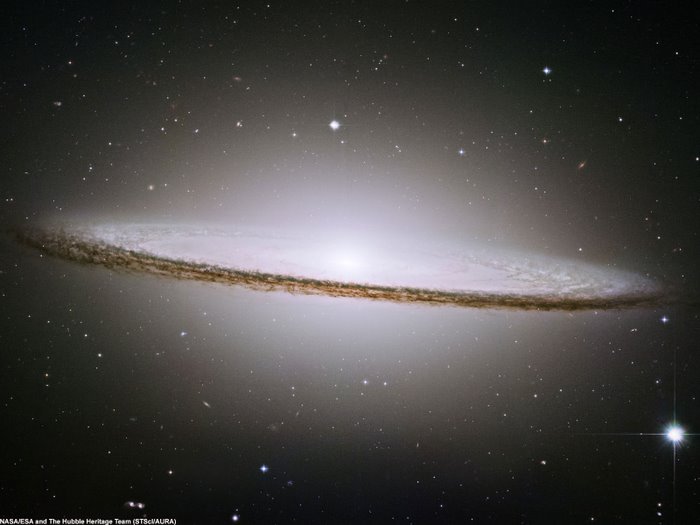One of the great problems of modern physics has been the failure to reconcile the theory of quantum mechanics, which deals with the behavior
of fundamental particles, with Einstein’s general theory of relativity, which describes gravity and therefore the behavior of things on a larger scale. There are some inherent contradictions in the two theories that suggest areas where our understanding is incomplete.
This article at the Scientific American website discusses a recent paper that uses "simple math" to "present a straightforward way for quantum particles to move smoothly
from one kind of ‘topological space’ to a very different one." The article notes that while this may present progress in the reconciliation of the two theories, there is no claim the the theories have been brought together in
unifying a theory of quantum gravity:
The analysis does not model gravity explicitly, and so is not an attempt
to formulate a theory of ‘quantum gravity’ that brings general
relativity and quantum mechanics under one umbrella. Instead, the
authors, including Nobel laureate Frank Wilczek of the Massachusetts
Institute of Technology (MIT) in Cambridge, suggest that their work
might provide a simplified framework for understanding the effects of
gravity on quantum particles, as well as describing other situations in
which the spaces that quantum particles move in can radically alter,
such as in condensed-matter-physics experiments.
The original paper
can be found here.






